
Introducing Lake Country’s New MarineLine Buffing Pads
Experience Superior Marine Detailing with Our Specialized Range At Lake Country, we’re excited to unveil our all-new MarineLine—a comprehensive collection of buffing pads specifically engineered
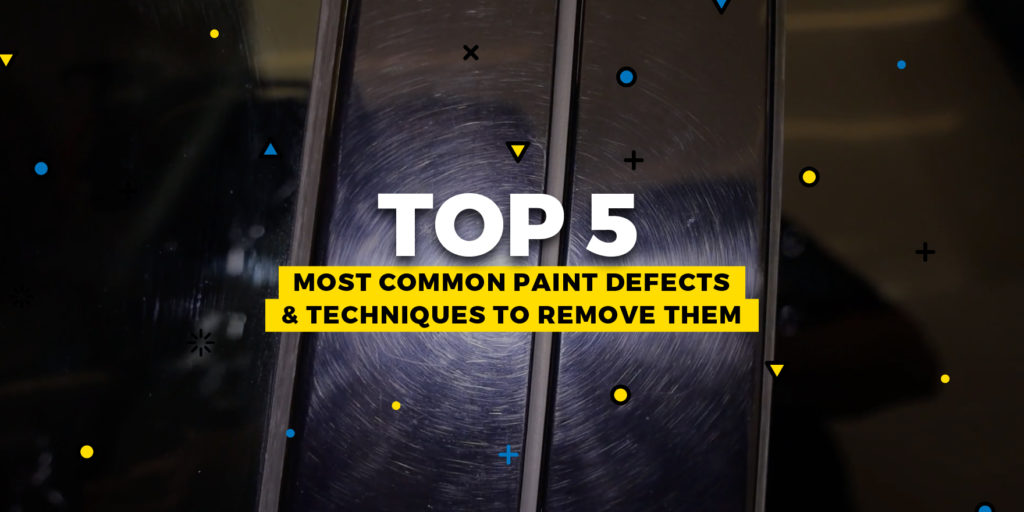
Too often, beginning detailers generalize any visual discrepancy on the finish of an automobile as a “paint defect.” While they are not wrong, they are only 50% right. Paint defects are visual discrepancies; however, there are different discrepancies that require different correction techniques.
While all paint defects may require compounding and polishing to abrade paint material until the surface flaws are removed, understanding the different paint defects and how to use an exponential process to efficiently correct them as a detailer is vital.
Let’s begin with an understanding of the top five most common paint defects and the best techniques used to eliminate them.
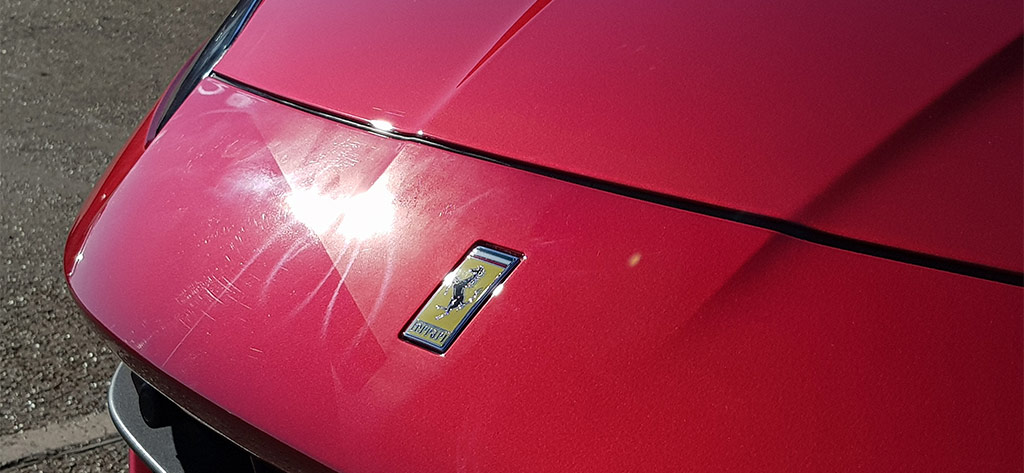
Also referred to as “wash-marring,” swirl marks are ultra-fine scratches inflicted by improper washing and drying techniques. As these improper techniques are implemented repeatedly over time, paint becomes criss-crossed with thousands of swirl marks and a once-dazzling, crisp finish now will appear hazy, dulling the color substantially.
Luckily, swirl marks are very shallow, allowing us to remove them with a light cutting pad, such as Lake Country Manufacturing’s orange HDO or SDO foam. These pad options facilitate the ability for us to use one pad to gently remove the swirls and finish with a brilliant gloss.
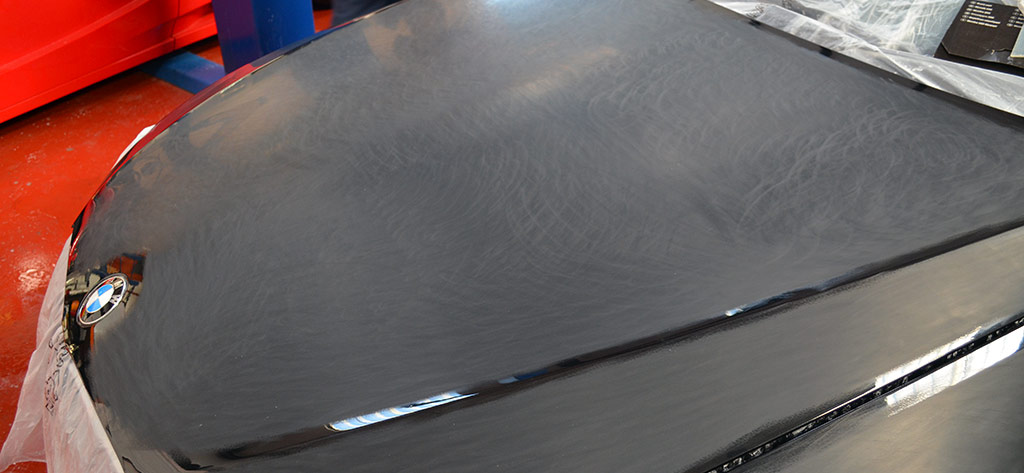
On vehicles that have been sanded by either the manufacturer, a repairer, or even another detailer, we may find clusters of leftover sanding marks inflicted by hand or an orbital sander. Sanding marks can be quite deep, so a heavier cutting pad on a larger orbital may be required. Our microfiber cutting pads are aggressive enough to deal with sanding marks on all but the toughest paints; however, the deeper the defect, the more likely it would be beneficial for you to use a wool pad on a rotary – such as our Purple Foamed Wool or Low Lint Wool pads.
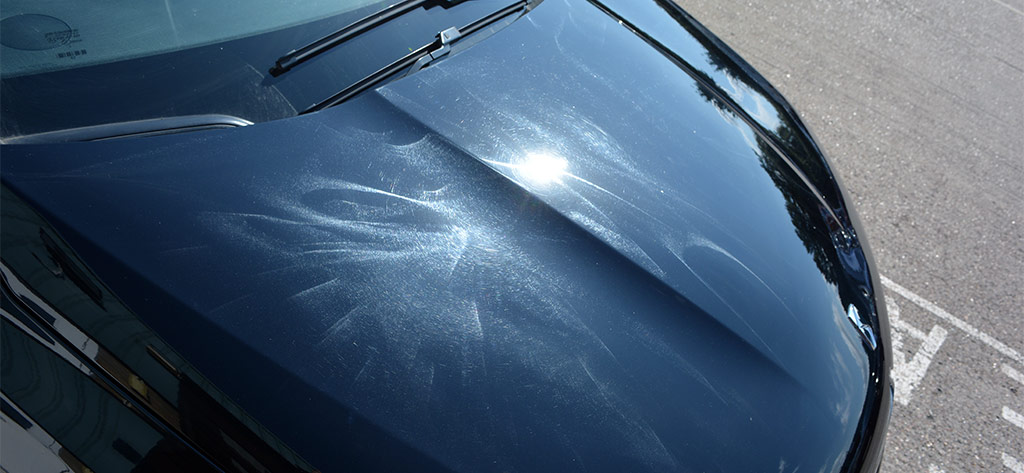
One of the downsides with rotary work is that holograms – a pattern of fine concentric grooves left by the circular abrasive motion of the tool – naturally occur, and can vary in depth significantly. Some are fine enough to be removed by a finishing pad alone, such as our black foam HDO or SDO pads, while others – especially those caused by dirty pads – can be quite deep. These deeper discrepancies are more easily remedied by either our Microfiber pads or blue HDO foam pads.
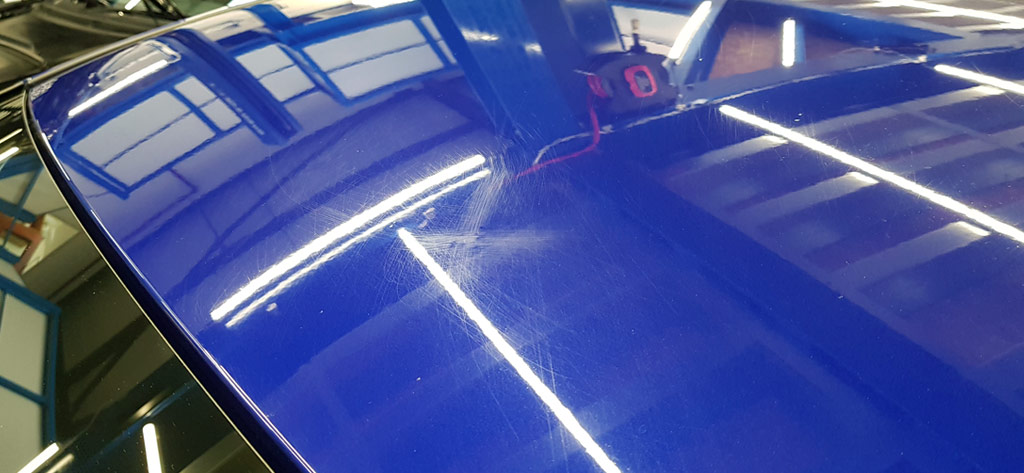
Most light scratches can be dealt with like heavy swirls, where one of our Microfiber pads or blue HDO foam pads do the trick. However, with scratches severe enough that you can catch your fingernail on them, the rule of thumb would be to improve – not remove – them. But if you’re confident it’s safe to remove, using our Twisted Wool pads paired with a rotary will give you the ultimate cutting ability. We suggest carefully managing the machine speed, pressure applied, and even tilting the pad to ensure your work stays within the targeted area. This requires a certain level of tedium, so take your time and remember to polish and refine in gentler grades afterwards.
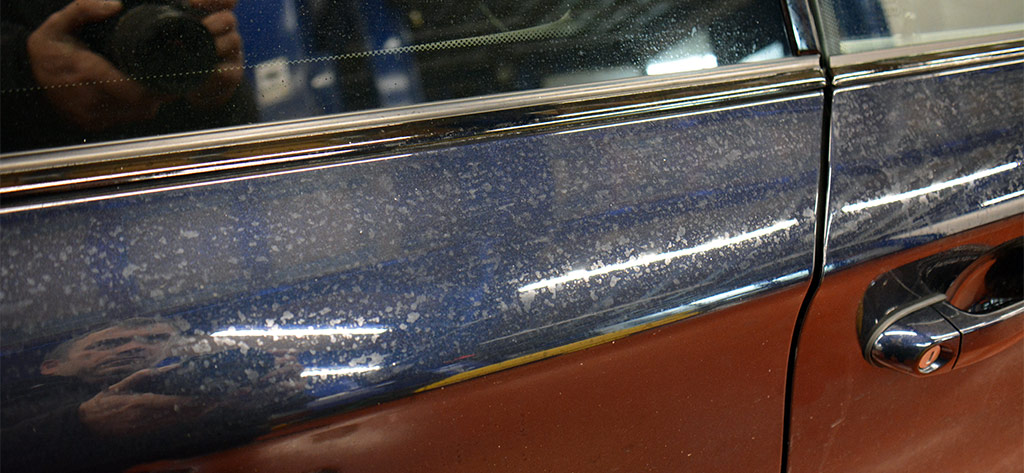
Everyday around the world, automobiles are exposed to all different types of elements. Bird droppings or industrial fallout mixed with rainwater can land on their surfaces. During the winter, rock salt and salt brine hit or sit on the surface as you drive daily.
No matter the occurrence, we have seen varying degrees of etchings that have in many cases eaten all the way down to the metal, requiring a full repaint or light staining that only needs a gentle polishing to fully rectify. With such a wide range of severity, our Microfiber, HDO or SDO foam, and LC Original with CCS technology ranges will definitely have the correct level of aggression available.
At one time or another, you as a detailer will be faced with any one of these top five paint defects of varying severity. Additional to the techniques mentioned in this blog, be sure to test an area with a mid-level pad first and let the results guide you.
If you have any questions, make sure you subscribe to our social media channels to learn more, develop your technique, and even submit questions to Kelly Harris, our director of Global Training. He may even address your question in one of his many training videos to help other detailers around the world!

Experience Superior Marine Detailing with Our Specialized Range At Lake Country, we’re excited to unveil our all-new MarineLine—a comprehensive collection of buffing pads specifically engineered
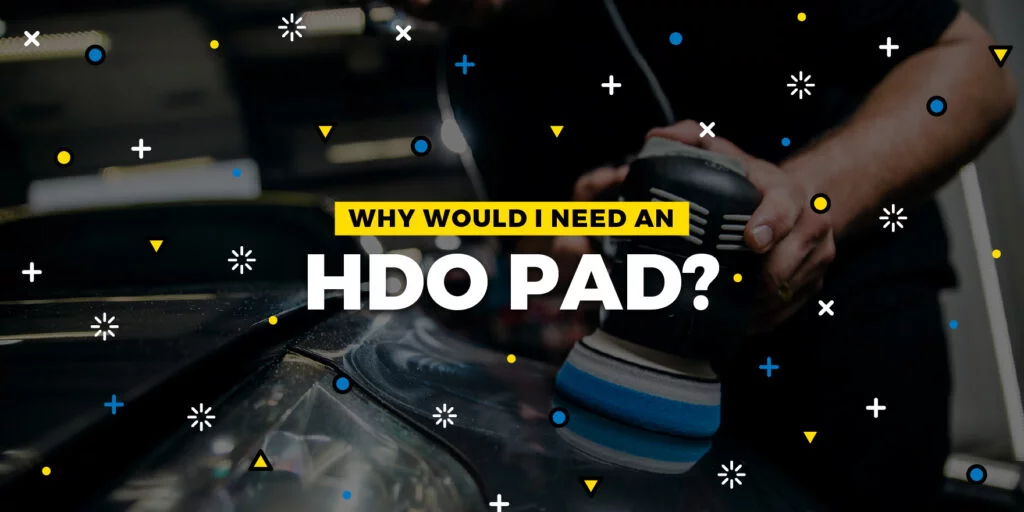
Written for the IDA Detail Dialogue, Published December 2022 In detailing, we naturally obsess over tiny details – hence the name, I suppose. A smudge,
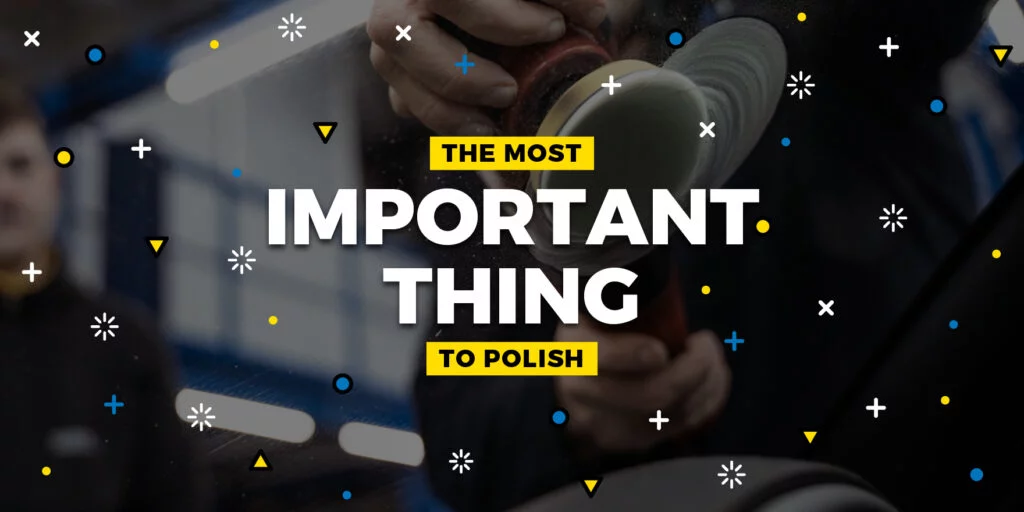
Polishing glass ranks as one of the most overlooked detailing skills and services. Aside from being aesthetically pleasing to have pure transparent glass, it’s incredibly

Experience Superior Marine Detailing with Our Specialized Range At Lake Country, we’re excited to unveil our all-new MarineLine—a comprehensive collection of buffing pads specifically engineered

Written for the IDA Detail Dialogue, Published December 2022 In detailing, we naturally obsess over tiny details – hence the name, I suppose. A smudge,
950 Blue Ribbon Cir N
Oconomowoc, WI 53066
#lakecountrymfg
Select Your Language